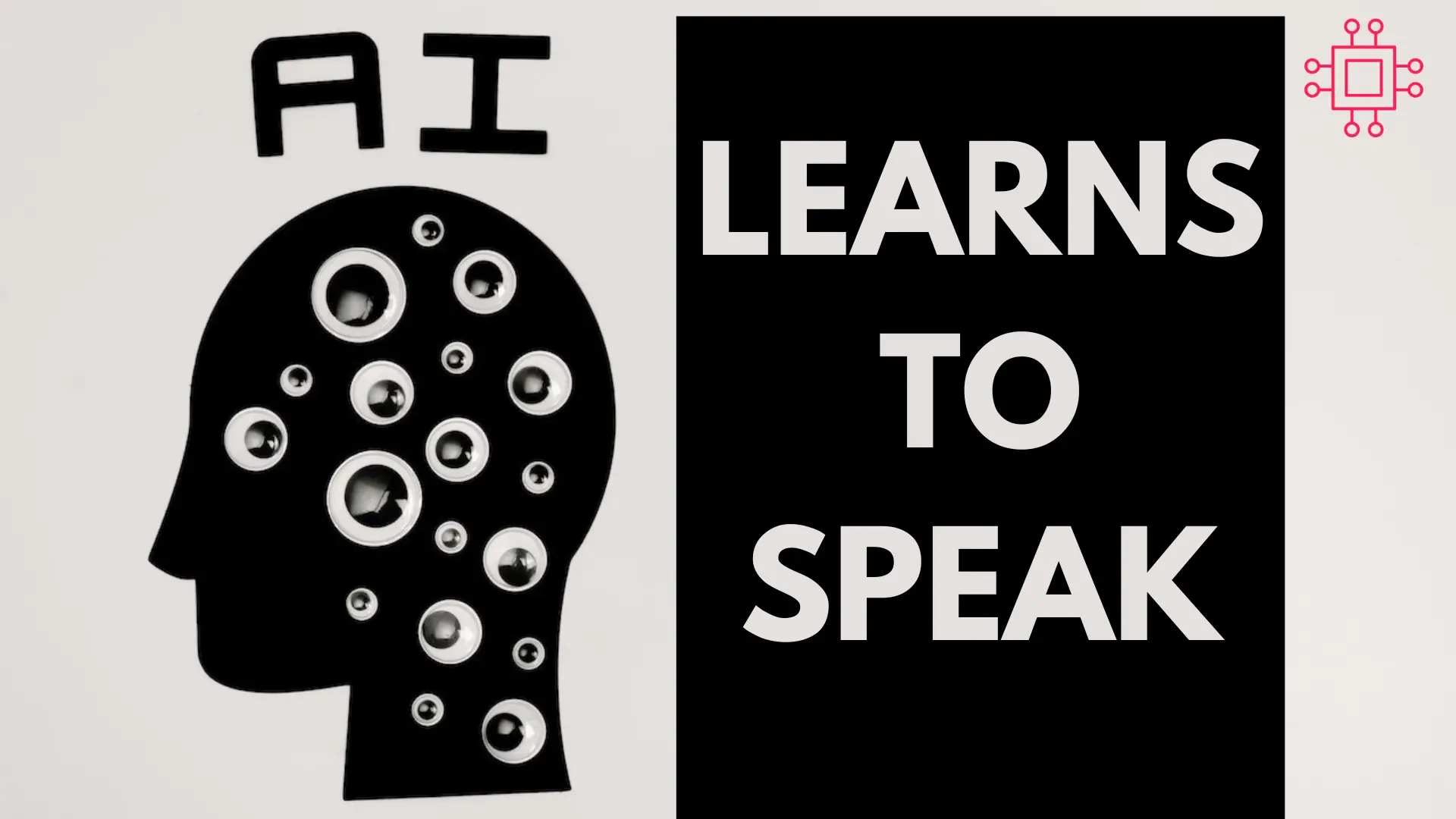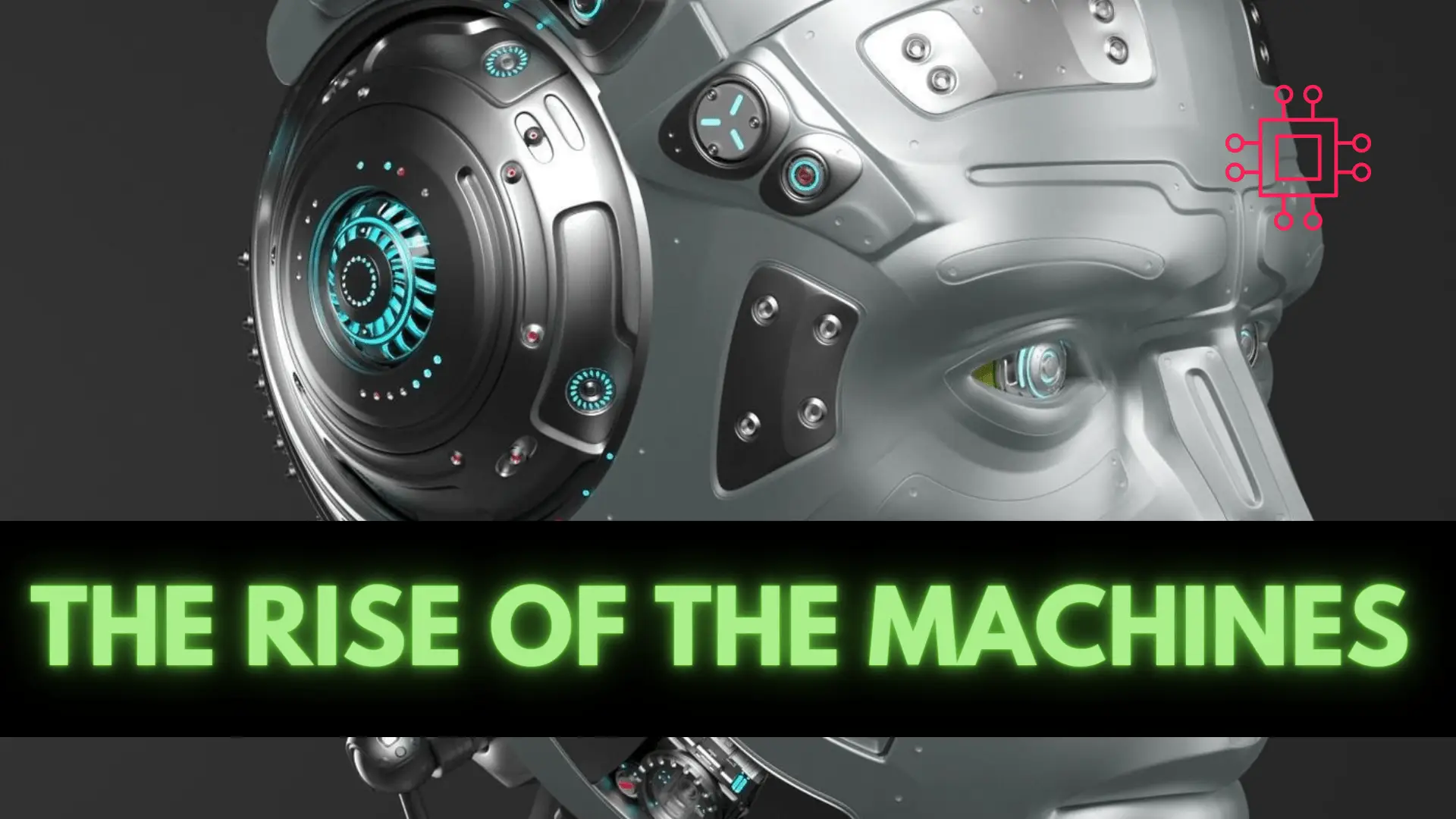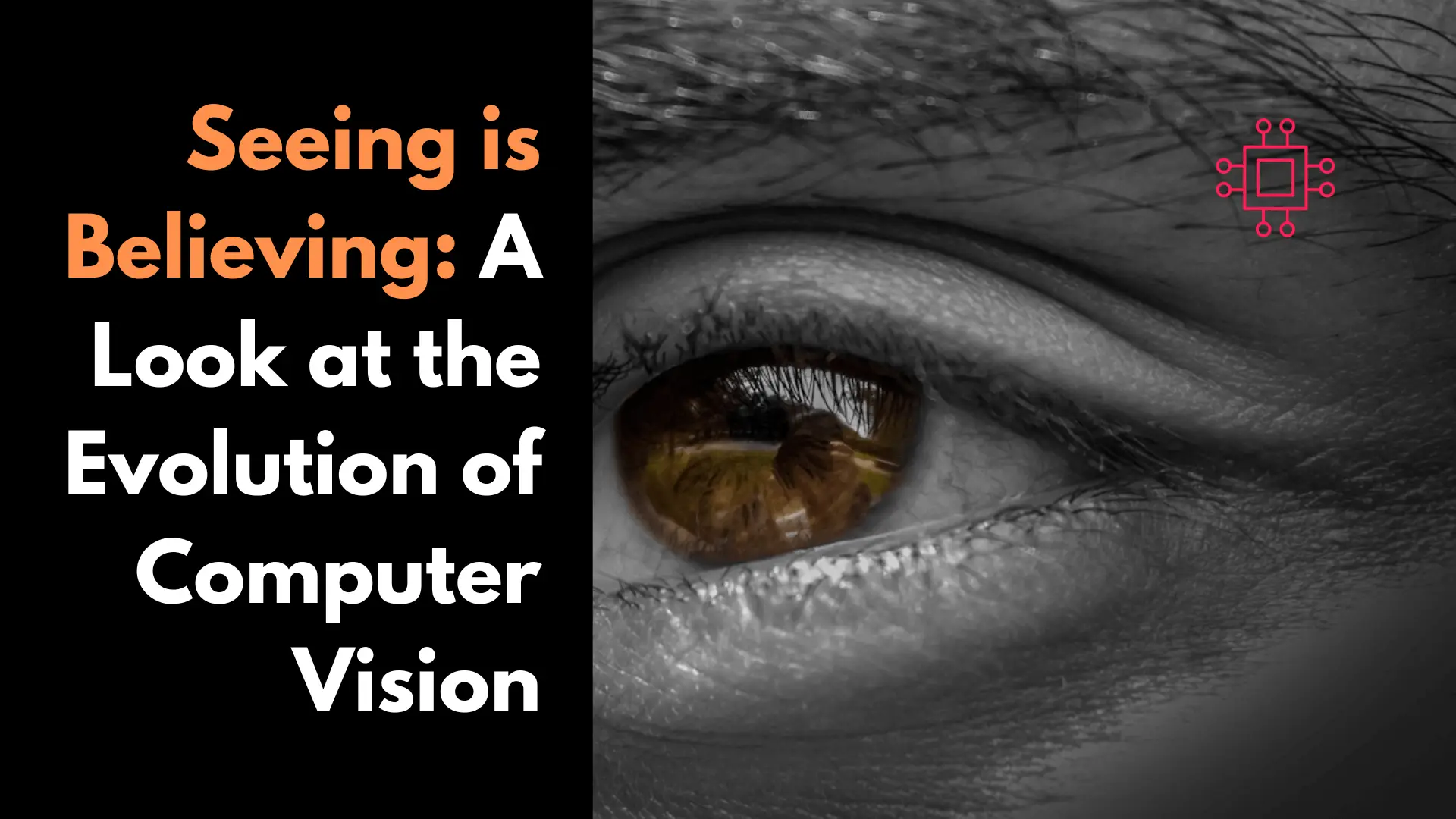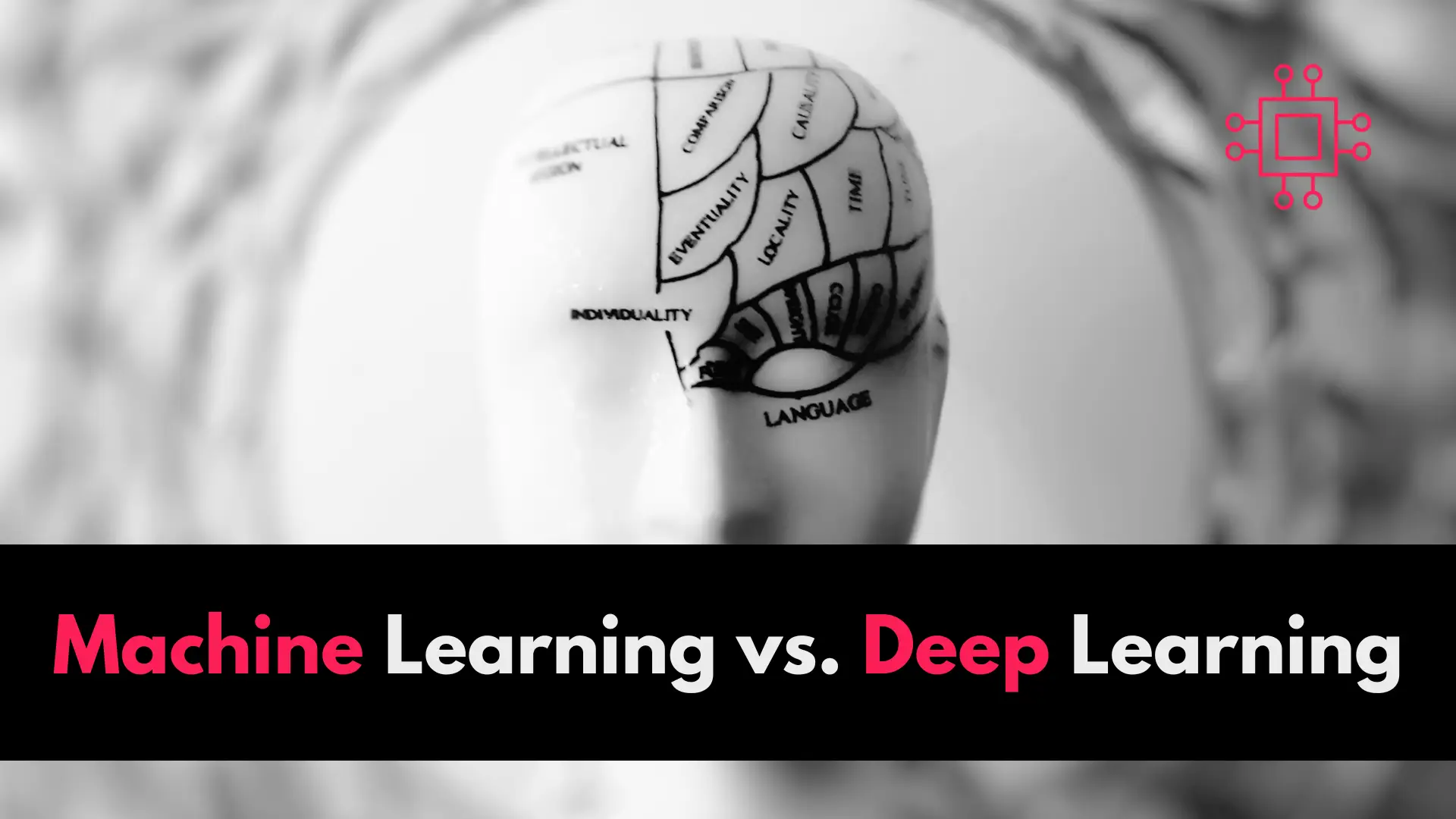
Natural Language Processing (NLP) is a subfield of Artificial Intelligence (AI) that focuses on enabling computers to understand, interpret, and generate human language. Table of

Artificial Intelligence (AI) is one of the most transformative and rapidly evolving technologies of our time. It has come a long way since its inception in the 1940s, and is now at the forefront of a technological revolution that is transforming almost every aspect of our lives.
AI has made incredible strides in recent years, with breakthroughs in machine learning, deep learning, and natural language processing allowing machines to perform tasks that were previously thought to be the exclusive domain of humans. This has given rise to a new era of computing, where machines are not only capable of performing complex tasks, but also of learning and adapting to new situations. In this article, we will explore the history of AI, where it currently stands in its development, and where it is estimated to be in the next five years or by 2028. We will also examine the advantages and disadvantages of AI, and explore why humans fear AI progress and how those fears can be alleviated.

Image by Tara Winstead from Pexels
The history of AI can be divided into four major eras: the classical era, the statistical era, the connectionist era, and the modern era. The classical era began in the 1940s with the development of the first computers and focused on creating rules-based systems that could reason like humans. The statistical era, which began in the 1960s, focused on creating systems that could learn from data using statistical techniques. The connectionist era, which began in the 1980s, focused on creating systems that could learn from data using artificial neural networks. The modern era, which began in the 2010s, focuses on creating deep learning systems that can learn from large amounts of data and achieve human-level performance in specific tasks.
🟢 Statistical Era (1950s-1980s) |
In this era, AI researchers focused on using statistical techniques to create intelligent systems. This included work on pattern recognition, decision-making, and natural language processing. However, progress was slow due to limitations in computing power and the lack of large datasets to train AI models.
🟢 Connectionist Era (1980s-2010s) |
In this era, AI researchers focused on creating artificial neural networks inspired by the structure and function of the human brain. These networks were trained using large datasets, allowing them to perform tasks such as image and speech recognition. This era also saw the rise of deep learning, which uses large neural networks to learn complex features from data.
🟢 Modern Era (2010s-present) |
In this era, AI has seen rapid progress due to the convergence of several factors, including the availability of big data, improvements in computing power, and advances in machine learning algorithms. AI systems are now able to perform a wide range of tasks, from playing complex games like Go to diagnosing diseases from medical images. This era has also seen the rise of new AI technologies such as reinforcement learning and generative models.
Today, AI is used in a variety of applications, from image and speech recognition to natural language processing, robotics, and self-driving cars. Some of the major tech companies, such as Google, Amazon, and Microsoft, are investing heavily in AI research and development. AI is also being used in healthcare, finance, and other industries to improve efficiency and accuracy. However, AI still has some limitations, and there are several challenges that need to be addressed, such as data privacy, bias, and transparency.
In the next five years or by 2028, AI is expected to continue to evolve and improve, with a greater focus on explainability, fairness, and accountability. As more data becomes available, AI systems will become more accurate and efficient, and they will be able to perform more complex tasks. AI will also continue to be integrated into various industries, and it will have a significant impact on the way we live and work. However, there are also concerns about the potential negative impact of AI, such as job displacement and ethical concerns.
🟢 Advantages of AI |
One of the main advantages of AI is its ability to perform tasks that would otherwise require human intelligence, such as recognizing images, understanding natural language, and making decisions. AI can also help improve efficiency and accuracy in various industries, such as healthcare, finance, and transportation. AI can also be used to create personalized experiences for consumers, such as recommending products and services based on their preferences and behaviors.
🟢 Disadvantages of AI |
One of the main disadvantages of AI is its potential negative impact on employment, as AI systems can automate many jobs and tasks that were previously performed by humans. AI also raises concerns about data privacy, bias, and transparency, as AI systems can be trained on biased data and can make decisions that are difficult to explain or understand. There are also concerns about the potential misuse of AI, such as using it for surveillance or military purposes.
🟢 A case for concern or fear |
One of the main reasons why humans fear AI progress is the fear of job displacement and economic disruption. To alleviate these fears, it is important to focus on re-skilling and up-skilling the workforce to prepare them for the jobs of the future. It is also important to promote collaboration between humans and machines, rather than viewing AI as a replacement for humans. Another reason why humans fear AI progress is the fear of the unknown, as AI systems can be difficult to understand and predict. To alleviate these fears, it is important to promote transparency and explainability in AI systems, so that humans can understand how decisions are being made and can trust the technology. It is also important to ensure that AI is developed and used in an ethical and responsible manner, with a focus on human values and social benefit.
🟢 Statistics and Research Data |
The growth of AI in recent years has been remarkable. In 2019, the global AI market was valued at $39.9 billion, and it is expected to grow at a compound annual growth rate of 42.2% between 2020 and 2027. The use of AI in industries such as healthcare, finance, and retail is also on the rise. For example, the use of AI in healthcare is expected to reach $6.6 billion by 2021, and the use of AI in finance is expected to reach $7.3 billion by 2022.
🟢 Potential Negative Impact of AI |
However, there are also concerns about the potential negative impact of AI. A study by the World Economic Forum found that by 2025, 85 million jobs could be displaced by AI and automation, particularly in industries such as manufacturing, transportation, and construction. Another study by the Institute for Public Policy Research found that the use of AI in hiring and recruitment could lead to discrimination and bias against certain groups of people.
AI has come a long way since its inception in the 1940s, and it is expected to continue to evolve and improve in the next five years and beyond. AI has many advantages, such as its ability to perform tasks that require human intelligence and its potential to improve efficiency and accuracy in various industries. However, there are also challenges and concerns that need to be addressed, such as data privacy, bias, and transparency, and the potential negative impact on employment. To alleviate fears about AI progress, it is important to focus on re-skilling and up-skilling the workforce, promoting collaboration between humans and machines, and ensuring that AI is developed and used in an ethical and responsible manner.
Did you find this article useful? Your feedback is invaluable to us! Please feel free to share your thoughts in the comments section below.

Natural Language Processing (NLP) is a subfield of Artificial Intelligence (AI) that focuses on enabling computers to understand, interpret, and generate human language. Table of

In this article, we will examine the evolution of Computer Vision. It is a subfield of Artificial Intelligence that aims to enable computers to interpret

Machine learning and deep learning are two of the most important subfields of artificial intelligence (AI), and they have enabled significant advancements in the development
